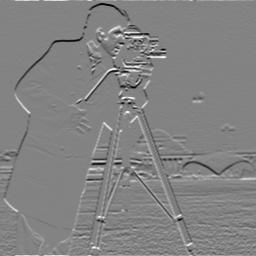def iapconv(f, h):
from Numeric import asarray, ravel, NewAxis, Float64, concatenate, zeros
f, h = asarray(f), asarray(h)
faux, haux = ravel(f), ravel(h)
if len(f.shape) == 1: f = f[NewAxis,:]
if len(h.shape) == 1: h = h[NewAxis,:]
(rows, cols) = f.shape
(hrows, hcols) = h.shape
f = f.astype(Float64)
h = h.astype(Float64)
dr1 = int((hrows-1)/2.)
dr2 = hrows-dr1
dc1 = int((hcols-1)/2.)
dc2 = hcols-dc1
p = concatenate((concatenate((f[-dr2+1::,:], f)), f[0:dr1,:])) # Insert lines above and below periodicly
p = concatenate((concatenate((p[:,-dc2+1::], p), 1), p[:,0:dc1]), 1) # Insert columns at left and right periodcly
g = zeros((rows,cols))
for r in range(hrows):
for c in range(hcols):
hw = h[hrows-r-1,hcols-c-1]
if (hw):
g = g + h[hrows-r-1,hcols-c-1] * p[r:rows+r,c:cols+c]
return g



